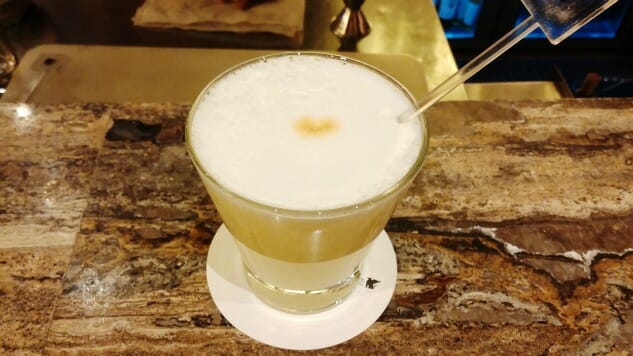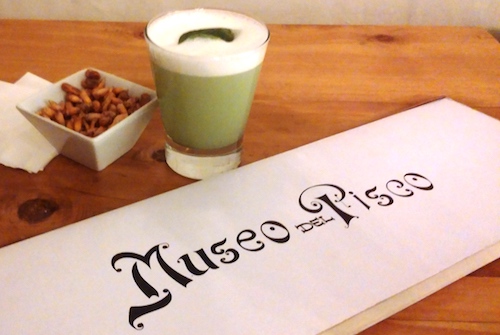Ask the Expert: What is Pisco, Anyway?

In our new Ask the Expert series, Paste readers chime in with some of their most pressing booze concerns, and we do our best to help you make sense of it all. Resident expert Jake Emen has spent years on the road traveling to distilleries across the country and around the world, and he’s here to help. Want your own question answered? Send a Tweet to him @ManTalkFood using #AskTheExpert.
Pisco has become a trendy spirit in the past several years and you can bank on it sticking around, too. Besides making for excellent cocktails—and as great as a well-made pisco sour is, the spirit is put to use in all types of drinks beyond that classic—it’s versatile and vibrant all on its own. So what in the world is it?
Pisco is a type of brandy, and brandy is a spirit distilled from fermented fruit juice, including wine. Pisco hails from Peru, although the folks in Chile will argue quite passionately with you about that. The story behind the feud and whose pisco is the real pisco touches on subjects as light as centuries of politics and war, so for this discussion we’re keeping it simple. Pisco is Peruvian. Its Chilean counterpart has far different regulations for its production too, so ultimately you can view them however you want, but keep in mind they’re different.
Speaking of regulations, beyond being a brandy, what other requirements define pisco?
Pisco can be made from eight different grapes, classified as either aromatic or non-aromatic varietals. The major player here is Quebranta, which accounts for the bulk of pisco you encounter.

-

-

-

-

-

-

-

-

-

-

-

-

-

-

-

-

-

-

-

-

-

-

-

-

-

-

-

-

-

-

-

-

-

-

-

-

-

-

-

-








































